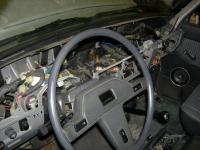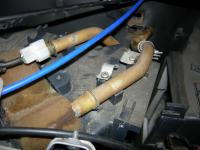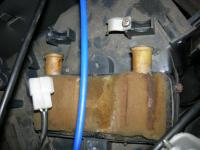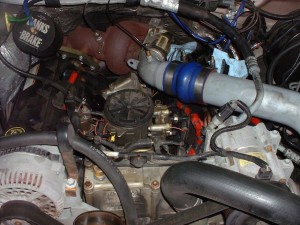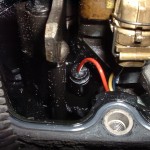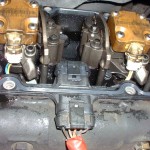Having to install a heater core in the FJ60 Land Cruiser can be one of the worse jobs we have to do. It doesn’t sound bad, but as you start looking into all the steps it becomes apparent this isn’t just a simple operation, or is it. The FSM calls for the dash to be removed, then to remove the A/C evaporator module (if equipped) then the heater core module.
The heater core is held in its case by a bracket across the top and little clamps over the tubes. The tubes are held in the heater core with little clips. With the tubes attached there will not be enough clearance to remove the heater core with the case in the vehicle.
While you will still need to remove the entire dash and heater ducts. If you remove the tubes first, pull the cases away from the firewall you will be able to remove the heater core without disconnection the A/C. I used a pair of screw drivers to pry the somewhat stuck heater core out of the case. Once out I made sure to clean out any old coolant that was sitting in the bottom of the case. The new heater core did not come with any of the foam that is used to seal the core in the case. All that my local parts store had was camper tape and appears to work just fine. The new core also didn’t come with new o-rings. Having an assortment on hand is always handy and I was able to find two of the proper size.
With the new heater core installed and tubes mounted in place the dash was reassembled, hoses connected at the fire wall and the coolant refilled. It may be advisable to attach the hoses and refill the cooling system before finishing the dash work to spot any leaks.
